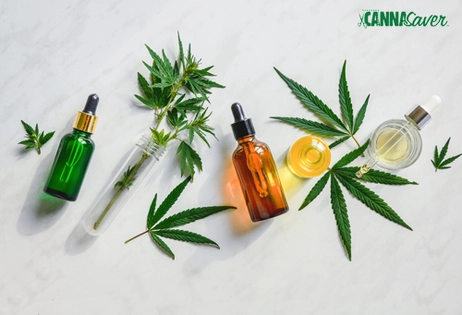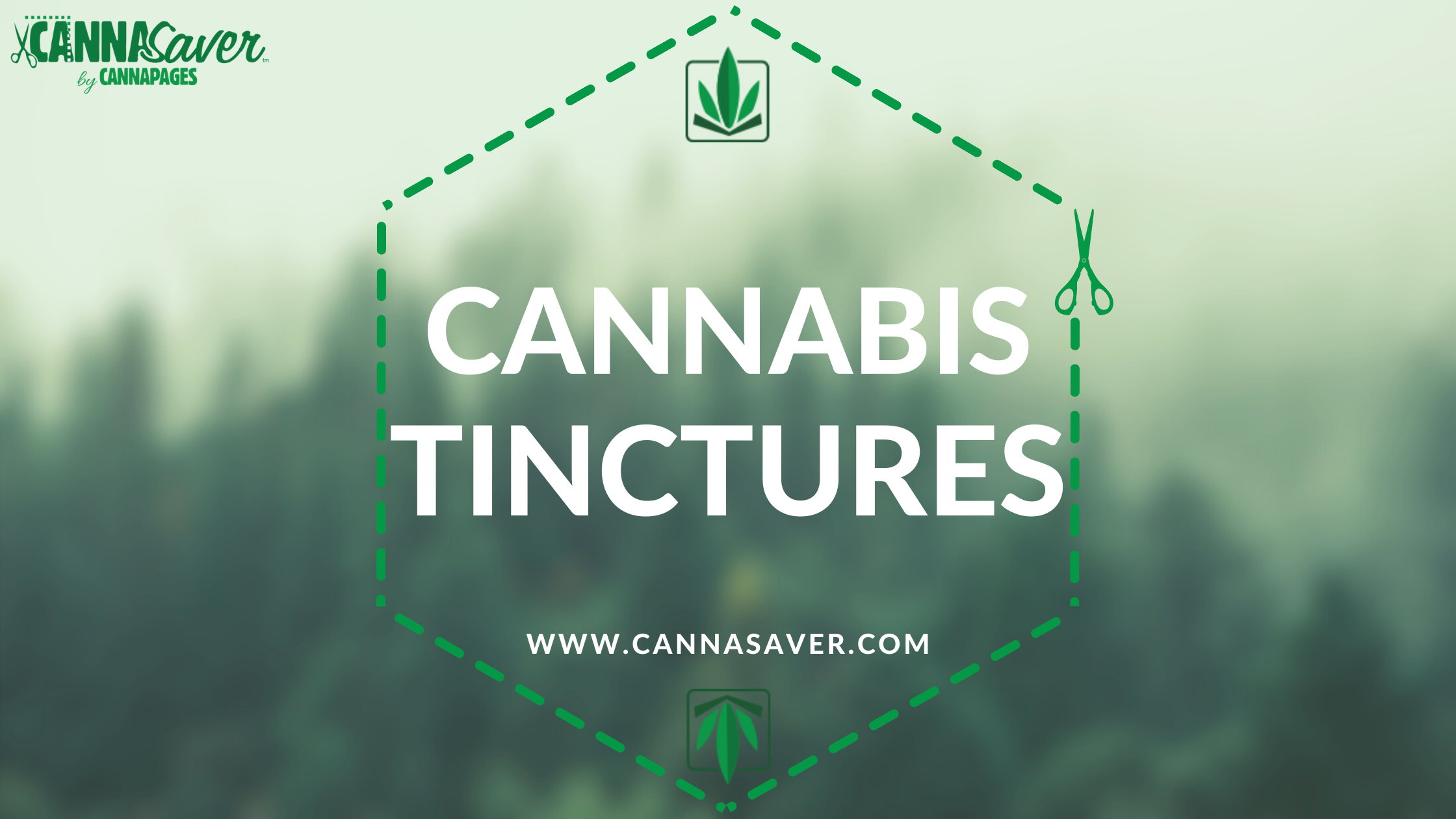
Marijuana is a wonder plant. Yes, it’s great for smoking. But it can be used in a variety of other ways – from concentrates to edibles.
Somewhere along the line, some genius created cannabis tinctures.

A tincture is a medication made by dissolving cannabis in alcohol. Alcohol is used as a solvent to extract the cannabinoids – like THC and CBD – to create an alcohol-based cannabis product.
Tinctures are similar to marijuana oils in that the cannabinoids and terpenes are extracted to make the end product stronger. Where it differs, though, is in the final product.
Marijuana and hash oils don’t contain any alcohol – in tinctures, it’s one of the main ingredients.
Tinctures are often found in small, dropper-capped bottles for easy dosing. Typically the tincture will be taken sublingually, or under the tongue. Tinctures contain all of the terpenes, cannabinoids, and trichomes that give weed its trademark psychoactive effects.
Tinctures have a long shelf life given their alcohol content and storage process. Combined with the ease of consumption, tinctures used to be a primary way to use marijuana.
Because of the ease of making and ingesting, tinctures are now being considered as a good entry point for new marijuana users.
The use of tinctures is not a new development. The science behind it isn’t new technology either. A tincture itself doesn’t need to contain cannabis, just alcohol. The use of tinctures can date all the way back to the ancient Egyptians.
Up until the marijuana prohibition of the 1930s, cannabis tinctures were available even in American pharmacies. They were the main form of cannabis medicine up to that point. It earned the nickname ‘the moonshine of marijuana’ for its use of alcohol. Cannabis tinctures were even found in the United States Pharmacopeia.
Tinctures were easy to make and safe to digest, so they were popular until outlawed. Now, with marijuana legalization happening across the US, tinctures have made a comeback.
The process of making a cannabis tincture is quite simple when compared to other products such as rosin or moon rocks.
Alcohol is a solvent – a substance which other materials dissolve in to make a solution. In this case:
· Alcohol = solvent
· Marijuana = other materials
· Cannabis tincture = solution
Almost any part of the plant that contains cannabinoids are terpenes can be used to make a cannabis tincture. Some products use kief, others use trim. Naturally, the strength of the marijuana that goes in affects the strength of the tincture that comes out.
Alcohol content also has an effect on the end product. High-proof alcohol will extract more cannabinoids and terpenes than a low-proof one.
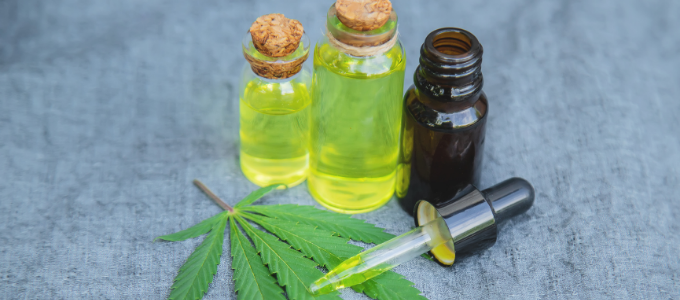
For the most part, cannabis tinctures are consumed sublingually, or under the tongue. Since the tinctures typically come with a dropper similar to eye drops, the process is quick and easy. While underneath the tongue, the tincture is dissolved and ingested through osmosis. The cannabinoids are then absorbed through osmosis directly into the bloodstream.
This process generally doesn’t take that long for one to feel the effects – somewhere between fifteen and forty-five minutes. If swallowed instead, the process can take up to about two hours.
Tinctures can also be orally ingested, but the results vary greatly from sublingual consumption. Think of oral ingestion like taking an edible – the effects take a long time, the dosage is hard to perfect, and you may take too much before you realize it.
You can also take tinctures topically, like a lotion. The cannabinoids are absorbed through the skin through osmosis. Topically taking a tincture is good for general pain relief, such as a bruise. The cannabis tincture can also be mixed with cannabis lotion for a stronger effect.
Though there are other ways to consume tinctures, sublingually remains the most popular.
Tinctures are certainly among the most uncommon ways to consume marijuana. In fact, they’re probably behind everything else.
But that doesn’t mean tinctures are worthless. Many cannabis enthusiasts think that tinctures are the most underrated way to use marijuana.
If you’re on the fence about trying tinctures, consider these benefits:
· Ease of Consumption: No smoking, no eating, just a drop or two under the tongue. Boom, you’re done. Smoking is fun, but it can harm the lungs. Edibles are great, but they take longer to set in. Tinctures are as easy as they come.
· Potency: Tinctures can also be pretty strong. Because of the way they’re created, cannabis tinctures are packed to the brim with cannabinoids and terpenes.
· Dosage Control: A huge and often overlooked benefit of tinctures. There’s no better way to control exactly how much marijuana you’re ingesting. With tinctures, you can measure that down to the milliliter.
· Discretion: There’s no worrying about getting caught taking a tincture – the process is over and done with in seconds.
· Shelf-Life: Tinctures will last significantly longer than flower or other marijuana products.
· Health Considerations: Tinctures have fewer calories than edibles. You also don’t need to inhale smoke and harm the lungs to take a tincture.
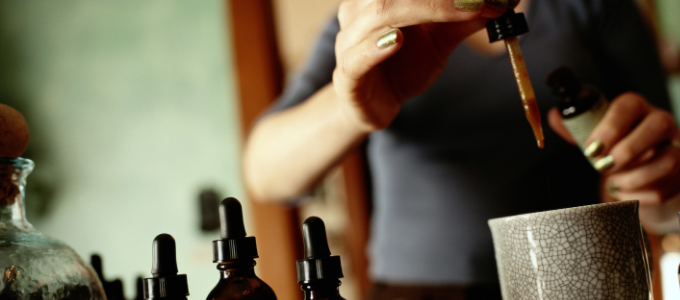
Obviously, what you put into the tincture is what you get out of it. A tincture made from marijuana with a high THC content will act differently than one made with a high CBD content.
THC tinctures will get you high. THC is the cannabinoid that gives weed its trademark psychoactive effects. They offer the same benefits as CBD tinctures, but they also produce a high.
CBD tinctures are usually derived from hemp, not marijuana. These products have all the positive effects of THC tinctures – minus the high. A CBD tincture is used specifically for medicinal purposes.
Yes, you can make cannabis tinctures at home – and it’s easier than you think.
You’ll need high-proof alcohol, cannabis flower, a mason jar, and some coffee filters. Keep in mind this process takes time – so if you’re in a hurry, grab some from your dispensary.
First, you’ll need to decarboxylate the marijuana. This simply means heating it up so the THCA turns into THC. If you skip this step, the tincture won’t produce a very strong high.
After decarboxylation, combine the flower and alcohol in the mason jar. Once closed, give it a good shake.
After that, store for about three weeks, making sure to shake it once a day. Once the time is up, strain the liquid through a coffee filter to catch the loose cannabis.
And that’s that. You’ve just made a cannabis tincture at home.
Congrats!
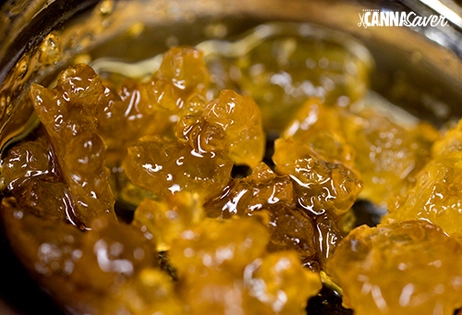
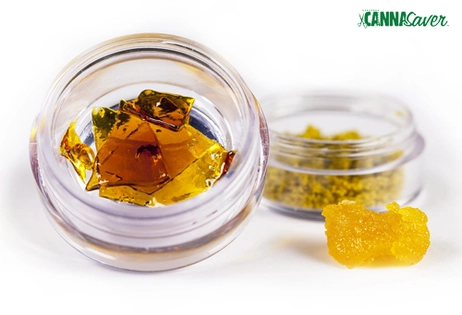
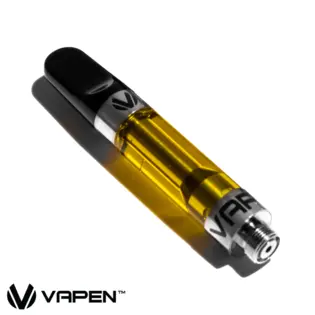


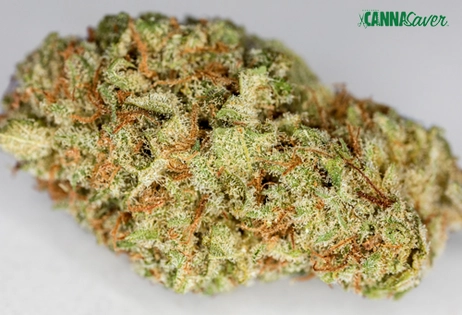
![(5.66g) Black Sheep | Zweet King's Kush | Small Bud Flower | Indica | [5.66g] (5.66g) Black Sheep | Zweet King's Kush | Small Bud Flower | Indica | [5.66g]](/rails/active_storage/representations/proxy/eyJfcmFpbHMiOnsiZGF0YSI6MTA3ODM0LCJwdXIiOiJibG9iX2lkIn19--03de2c978d0b6e9a26833d74f0950d7648418278/eyJfcmFpbHMiOnsiZGF0YSI6eyJmb3JtYXQiOiJqcGciLCJyZXNpemUiOiI0NjIgeCAzMTUiLCJjb252ZXJ0Ijoid2VicCJ9LCJwdXIiOiJ2YXJpYXRpb24ifX0=--4c2b017c858149e948c71bab98eeffb13053e24c/flower-stock-14-v1.jpg)
